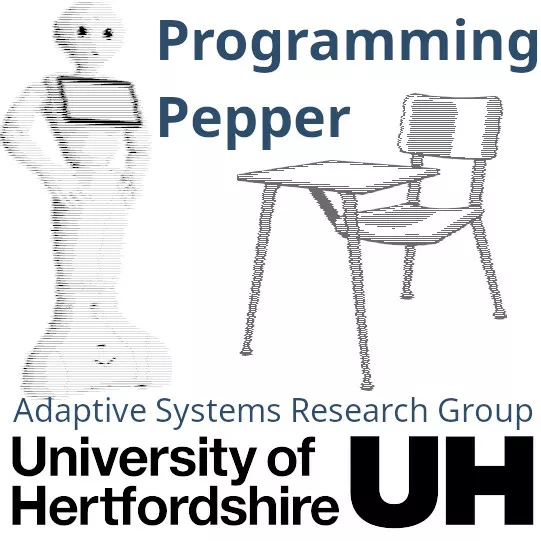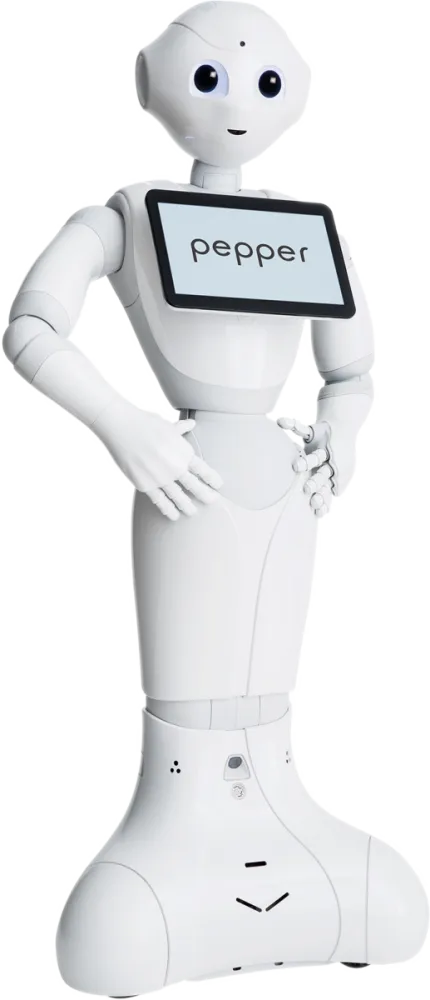This website uses cookies that store information about your usage of the page. By continuing to use this page you confirm you are happy with that.
Review and change how cookies are used.
The Adaptive Systems Research Group at the University of Hertfordshire is organising two events for the UK Robotics Week 2018 that introduce school children to robotics research and our Robot House residents.
Researchers are taking robots into a secondary school in Welwyn Garden City and a primary school in Hatfield. Both events aim to familiarise pupils of different ages in the actual science behind social robotics. We provide them with an opportunity to see what is possible with current robots and have fun while interacting with exciting new technologies. Below are outlines of the activities that we have designed for schools.

Do you ever wonder how today's robots behave almost human-like and use emotions in their interactions? Secondary school students in Hertfordshire are going to find out.
As part of UK Robotics Week A-Level computing students will have the opportunity to program the interactive humanoid robot Pepper. While robots like Pepper are already widely discussed in the media, we offer the unique chance of a hands-on experience beyond the news headlines. During this activity the students will learn the practical applications and challenges of programming humanoid robots.
The event's focus is to help the robot tell a narrative by giving it matching emotions. Students will give it custom emotions that they have created and designed by themselves. To achieve this goal, they can use body movements, gestures and other non-verbal signals. Aside from the robot, the University will provide an easy-to-use graphical programming environment - and guide students through the task.
At the end of the task, students will watch the robot tell their story and they can share the video with their friends.

Pepper
The event's focus is to help the robot tell a narrative by giving it matching emotions. Students will give it custom emotions that they have created and designed by themselves. To achieve this goal, they can use body movements, gesture and other non-verbal signals. Beyond the robot, the university will provide an easy-to-use graphical programming environment plus the necessary support for the students. During this activity the students will learn the practical applications and challenges of programming robots such as Pepper.
Afterwards, we will watch the robot tell a narrative just the way the students like it and they can share the resulting video of the robot with their friends. Students will learn how to use and programme a real robot while having fun.
During this event, primary school children will spend a day learning about all the different aspects of robotics, from how they are built to how they are programmed, what they can be used for and why it is useful for robots to be able to learn and adapt. For additional information please visit:
Robot House, in its early form, has participated in previous UK Robotics Weeks. This video of our event from the very first Robotics Week in 2016 gives an impression of what a research-related event in the Robot House involving students can look like.
Meet the resident robots that can participate in research studies inside the Robot House, including the Care-O-bot 4.
Robot House has opened its doors to academia and industry in the UK and internationally. Find out how to access the facility.